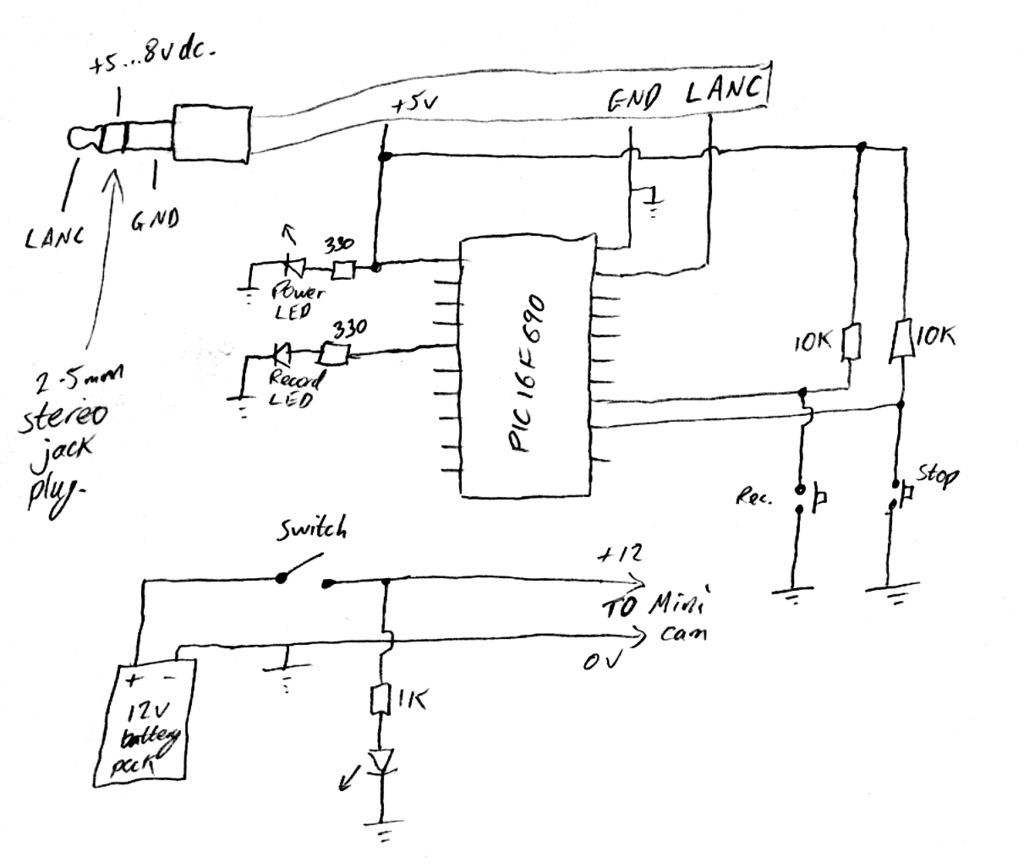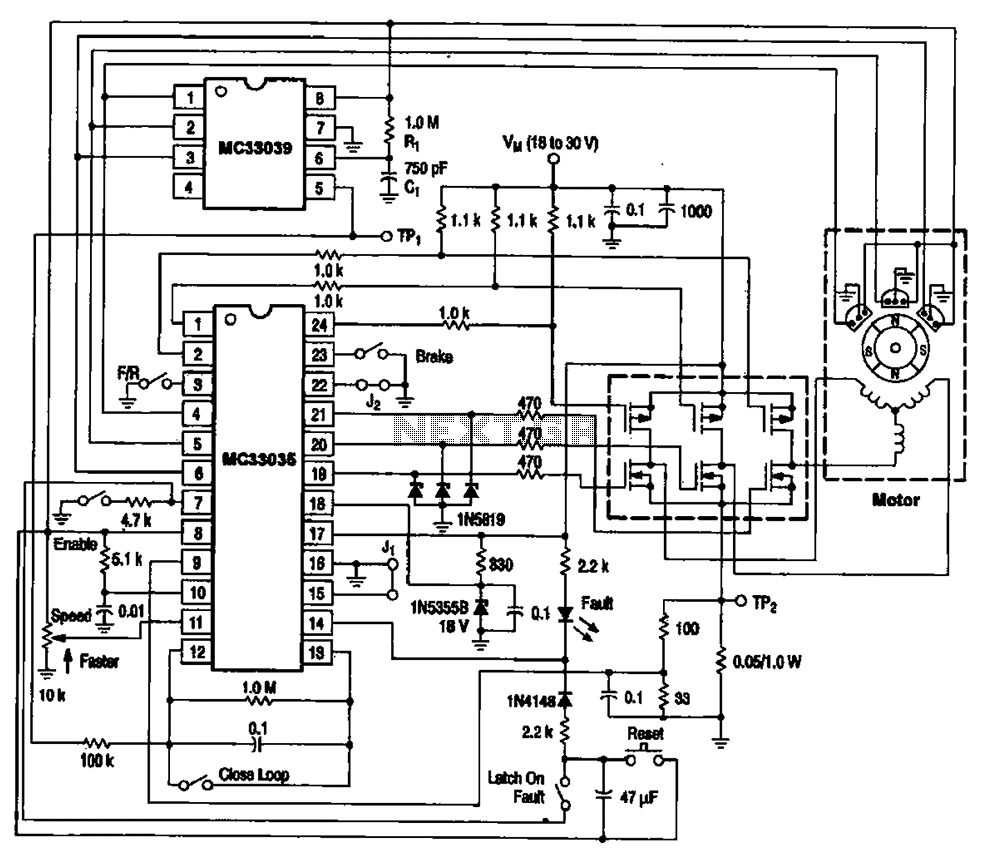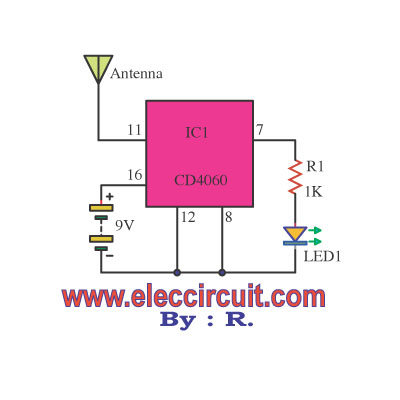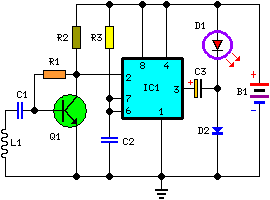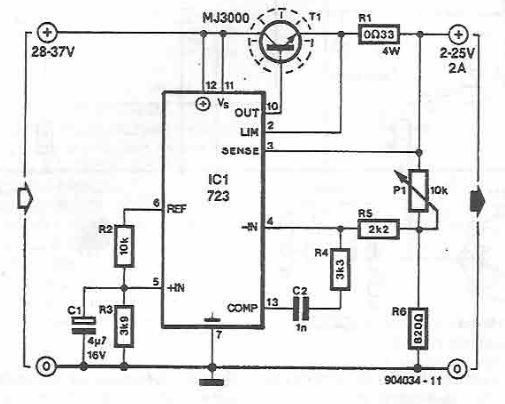
Time base using a delay circuit touch lamp
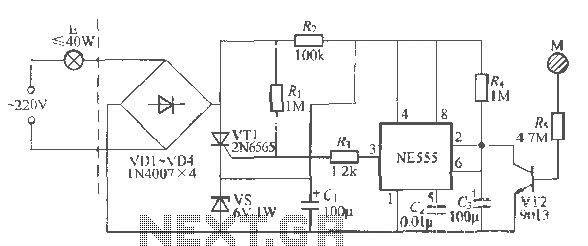
Using a wire connection, utilize the NFA.55 timebase circuit delay type light touch switch, which can directly replace an ordinary mechanical switch without needing to modify the original internal wiring. The circuit is powered back with good hoof Chapter 96 cases, particularly when the U F is lit or when the lights are turned off. The circuit consistently outputs a steady voltage for the NF.155 electricity. Typically, in a stable state, the NE5ji component loses thirty low grain lrril tube VT1, resulting in the lamp E not shining. When the electrode sheet M is touched, the body leakage current flows through R, enabling diode VT2 to conduct rapidly, which triggers the NE555's input with a negative pulse. This activates the timebase circuit, causing the foot to jump into a supplier level. Consequently, the thyristor VT1 receives a gate potential elevation, triggering VT1 and powering the lamp E. Simultaneously, the stored charge discharges quickly through VT2. After the touch is removed from M, VT2 turns off and recovers, with the 6V DC power supplied through R. The G free electricity causes the potential at both ends to rise. When it reaches 2/3VDO, the base circuit resets, restoring the pin to low, which loses the trigger voltage during the AC zero crossing, turning off the lamp E. The circuit's delay time is influenced by the charging time constant of R and C, as well as the duration of the touch. If the finger touches for a longer time than K, G can store sufficient electrical discharge, charging C to 4V, which prolongs the lamp's lighting time. Additionally, the circuit's load capacity is limited by the steady pressure pipe versus dissipated power constraints, ensuring that the bulb E's power does not exceed 40W.
The NFA.55 timebase circuit delay type light touch switch is designed to replace traditional mechanical switches with a modern, efficient solution. This circuit utilizes a combination of resistors, capacitors, and semiconductor devices to achieve its functionality. The NE555 timer IC serves as the core of the timebase circuit, providing precise timing capabilities that allow for the delay feature of the switch.
Upon initial activation, the circuit remains in a stable state, with the thyristor VT1 in a non-conducting state, preventing the lamp E from lighting. The touch-sensitive electrode sheet M is strategically placed to detect user interaction. When the user touches M, a small leakage current flows through resistor R, which biases diode VT2 into conduction. This action triggers the NE555 timer by sending a negative pulse to its input, effectively starting the timing sequence.
The output of the NE555 timer raises the gate potential of thyristor VT1, allowing it to conduct and power the lamp E. The rapid discharge of the stored charge through VT2 ensures that the circuit responds quickly to the touch, providing immediate feedback in the form of light. Once the touch is removed, VT2 turns off, and the circuit begins to reset. The charging time constant dictated by R and C determines how long the lamp E remains lit after the touch is released.
The design also incorporates safety features, ensuring that the power rating of the connected load does not exceed 40W, which protects the components from overheating and potential damage. This thoughtful design allows for a seamless integration into existing systems, providing an effective solution for modern lighting control while maintaining compatibility with traditional wiring setups.Using a wire connection, use NFA.55 timebase circuit delay type light touch switch, it can directly replace ordinary mechanical switch, without having to change the original interior wiring. The circuit is powered back with good hoof Chapter 96 cases, especially on} U F is lit or put out the lights off, the circuit can always output a voltage fiV steady stream education for state-based circuit NF, 155 electricity. Usually, NE5ji in a stable state, feet lose thirty low grain lrril tube VT1 shake the f J is R, the wear of the clamp level, VTI curse off, the lamp E does not shine.
When the hand touch the electrode sheet M, the body leakage current through R, Wang injection diode VT2 base enables rapid VT2 conduction, which is equivalent to the trigger terminal feet NE555's input a negative pulse, time base circuit busied, foot jump into supplier level. Therefore, the thyristor VT1 gate potential elevation, VT1 get the trigger voltage and Ji Tong, E powered lamp light.
At the same time, G stored charge through VTZ fast relief. After leaving the people at M, VT2 off recovery, 6V DC power on by R; the G Free electricity, so f, both ends of the potential rising. When rose 2 / 3VDO That 1V, when the base circuit is reset, pin restore low, wri lost trigger voltage when the AC zero crossing that is turned off, the lamp E goes out.
In addition to the delay time of the circuit R. , C, has a charging time constant curse, but also by the length of time there is a touch off. When a finger touch time than K, G can store sufficient electrical discharge leaning, the "C. charge to 4V asked on the long, corresponding lamp lighting time will be longer. In addition, the load capacity of the circuit but also by steady pressure pipe vs dissipated power constraints, so the bulb E power not more than 40W.
The NFA.55 timebase circuit delay type light touch switch is designed to replace traditional mechanical switches with a modern, efficient solution. This circuit utilizes a combination of resistors, capacitors, and semiconductor devices to achieve its functionality. The NE555 timer IC serves as the core of the timebase circuit, providing precise timing capabilities that allow for the delay feature of the switch.
Upon initial activation, the circuit remains in a stable state, with the thyristor VT1 in a non-conducting state, preventing the lamp E from lighting. The touch-sensitive electrode sheet M is strategically placed to detect user interaction. When the user touches M, a small leakage current flows through resistor R, which biases diode VT2 into conduction. This action triggers the NE555 timer by sending a negative pulse to its input, effectively starting the timing sequence.
The output of the NE555 timer raises the gate potential of thyristor VT1, allowing it to conduct and power the lamp E. The rapid discharge of the stored charge through VT2 ensures that the circuit responds quickly to the touch, providing immediate feedback in the form of light. Once the touch is removed, VT2 turns off, and the circuit begins to reset. The charging time constant dictated by R and C determines how long the lamp E remains lit after the touch is released.
The design also incorporates safety features, ensuring that the power rating of the connected load does not exceed 40W, which protects the components from overheating and potential damage. This thoughtful design allows for a seamless integration into existing systems, providing an effective solution for modern lighting control while maintaining compatibility with traditional wiring setups.Using a wire connection, use NFA.55 timebase circuit delay type light touch switch, it can directly replace ordinary mechanical switch, without having to change the original interior wiring. The circuit is powered back with good hoof Chapter 96 cases, especially on} U F is lit or put out the lights off, the circuit can always output a voltage fiV steady stream education for state-based circuit NF, 155 electricity. Usually, NE5ji in a stable state, feet lose thirty low grain lrril tube VT1 shake the f J is R, the wear of the clamp level, VTI curse off, the lamp E does not shine.
When the hand touch the electrode sheet M, the body leakage current through R, Wang injection diode VT2 base enables rapid VT2 conduction, which is equivalent to the trigger terminal feet NE555's input a negative pulse, time base circuit busied, foot jump into supplier level. Therefore, the thyristor VT1 gate potential elevation, VT1 get the trigger voltage and Ji Tong, E powered lamp light.
At the same time, G stored charge through VTZ fast relief. After leaving the people at M, VT2 off recovery, 6V DC power on by R; the G Free electricity, so f, both ends of the potential rising. When rose 2 / 3VDO That 1V, when the base circuit is reset, pin restore low, wri lost trigger voltage when the AC zero crossing that is turned off, the lamp E goes out.
In addition to the delay time of the circuit R. , C, has a charging time constant curse, but also by the length of time there is a touch off. When a finger touch time than K, G can store sufficient electrical discharge leaning, the "C. charge to 4V asked on the long, corresponding lamp lighting time will be longer. In addition, the load capacity of the circuit but also by steady pressure pipe vs dissipated power constraints, so the bulb E power not more than 40W.

